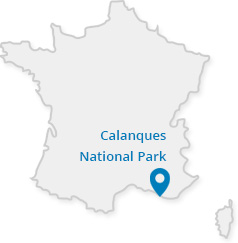Keeping watch over the Calanques
A watchful eye on the sea
The Callelongue semaphore station was built in 1863 as part of a campaign by the French state to replace the Marseilleveyre look out, which had been in service since the 16th century, but it was often in mist and it had been made obsolete by the evolution in communication technologies.
The semaphore station had a dual objective: to watch for the arrival of possible invaders and ensure communication with ships and other semaphore stations.
Semaphore technology
Semaphore was a 19th century innovation, which allowed communication over long distances, especially with ships. Invented by the Chappe brothers, then modernised by Charles Depillon, it consisted of a 12-metre mast to which four articulated arms were attached. The orientation of the articulated arms made it possible to create 1,849 positions to which as many messages and signals corresponded! The mast and the "Dupillon" arms were delivered in kit form and could be assembled in 15 minutes!
An army post
In 1939, the semaphore station was armed with two cannons. However, this did not prevent the building from being taken over by German troops during the Second World War and used as a surveillance post. It was disarmed at the end of the war.
Restored Heritage Site
The semaphore station was entrusted by the French State to the Calanques National Park, who wanted to undertake its restoration. Having been abandoned for many years, the building was very damaged and covered in graffiti tags, presenting an unsightly impression in the landscape at the entrance of the National Park. The restoration was completed in 2019. The National Park is now considering its use as a public reception area and as a venue for special events.
Did you know?
Three semaphore stations were in activity in the Calanques National Park: Callelongue, Frioul and Bec de l’Aigle. Only the latter is still in service today. Now it uses highly efficient communication technologies!
Visiting and regulations
Before coming to the Calanques National Park, plan your visit and read the best practices to adopt and the rules to be followed.
You can explore the hamlet of Callelongue all year round. The surrounding hills are also freely accessible, except when the massifs are closed for fire risk. Consult the page dedicated to the Calanque de Callelongue for more information.
The Calanques National Park entirely restored the site of the semaphore station that had been completely abandoned. Although the interior cannot currently be visited, it is possible to enjoy the viewpoint that has been made accessible.
Access
Go to the Calanque de Callelongue, then follow the steep path (yellow signs) for around 20 minutes.
Location
GPS coordinates: 43.210751, 5.355712




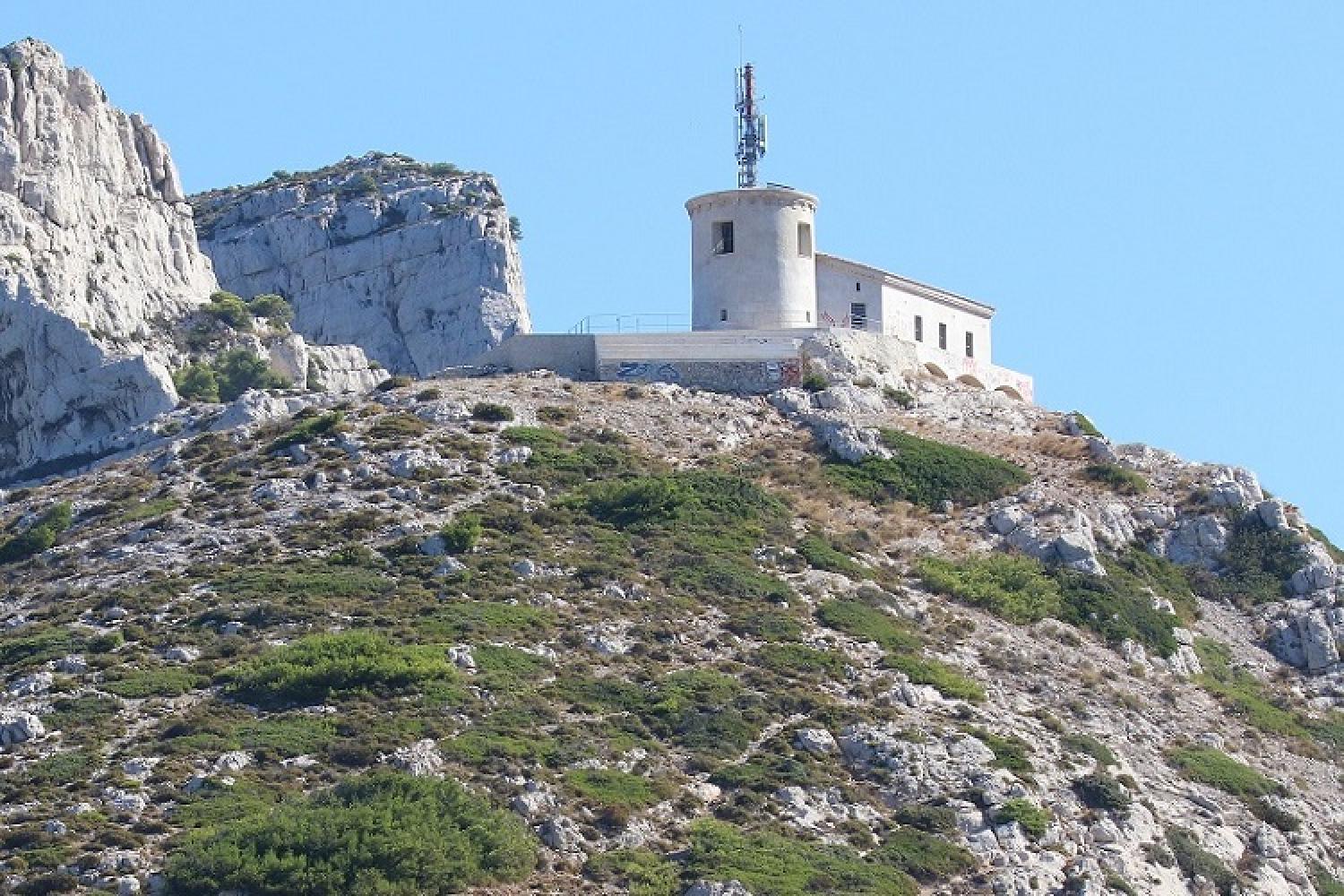
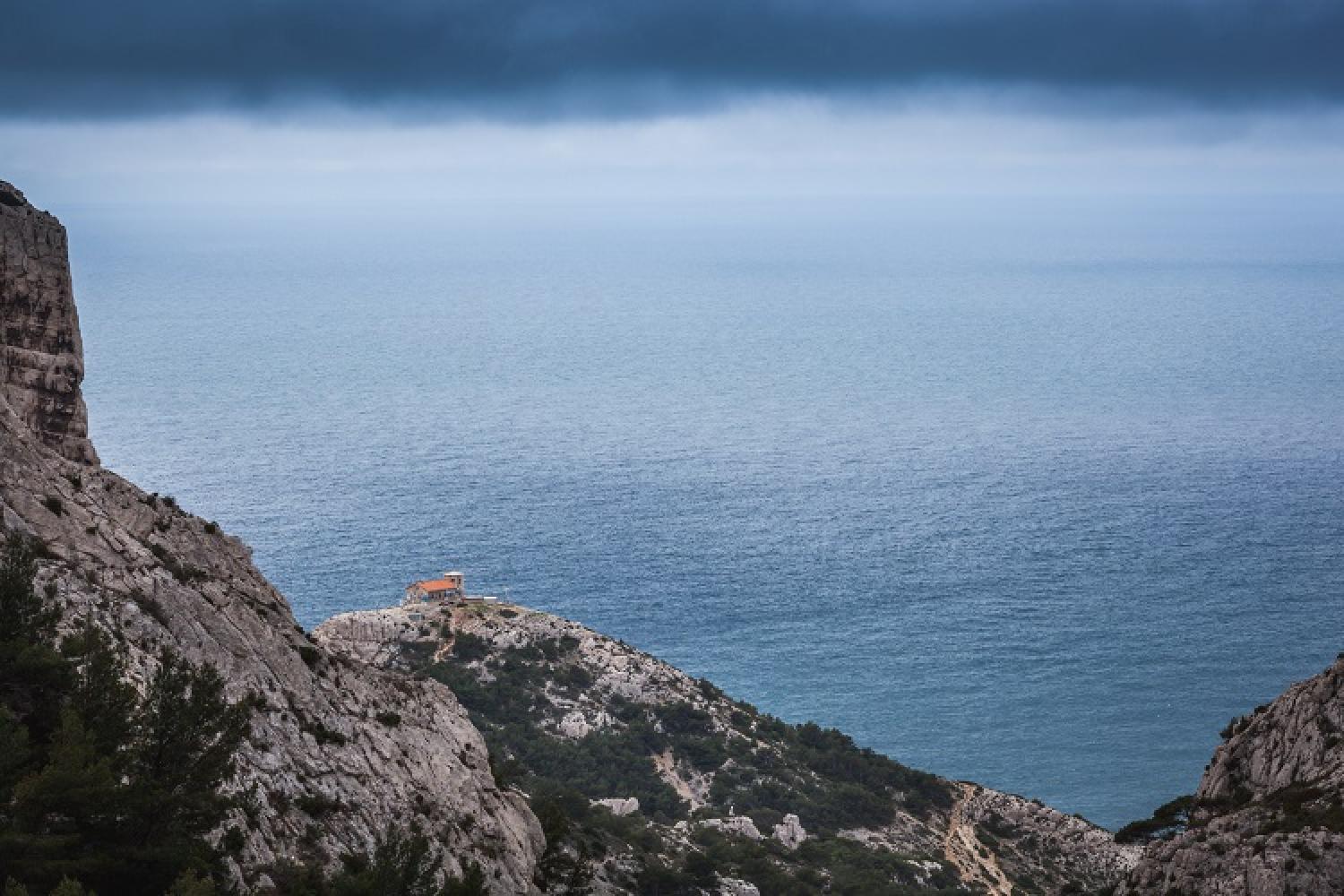
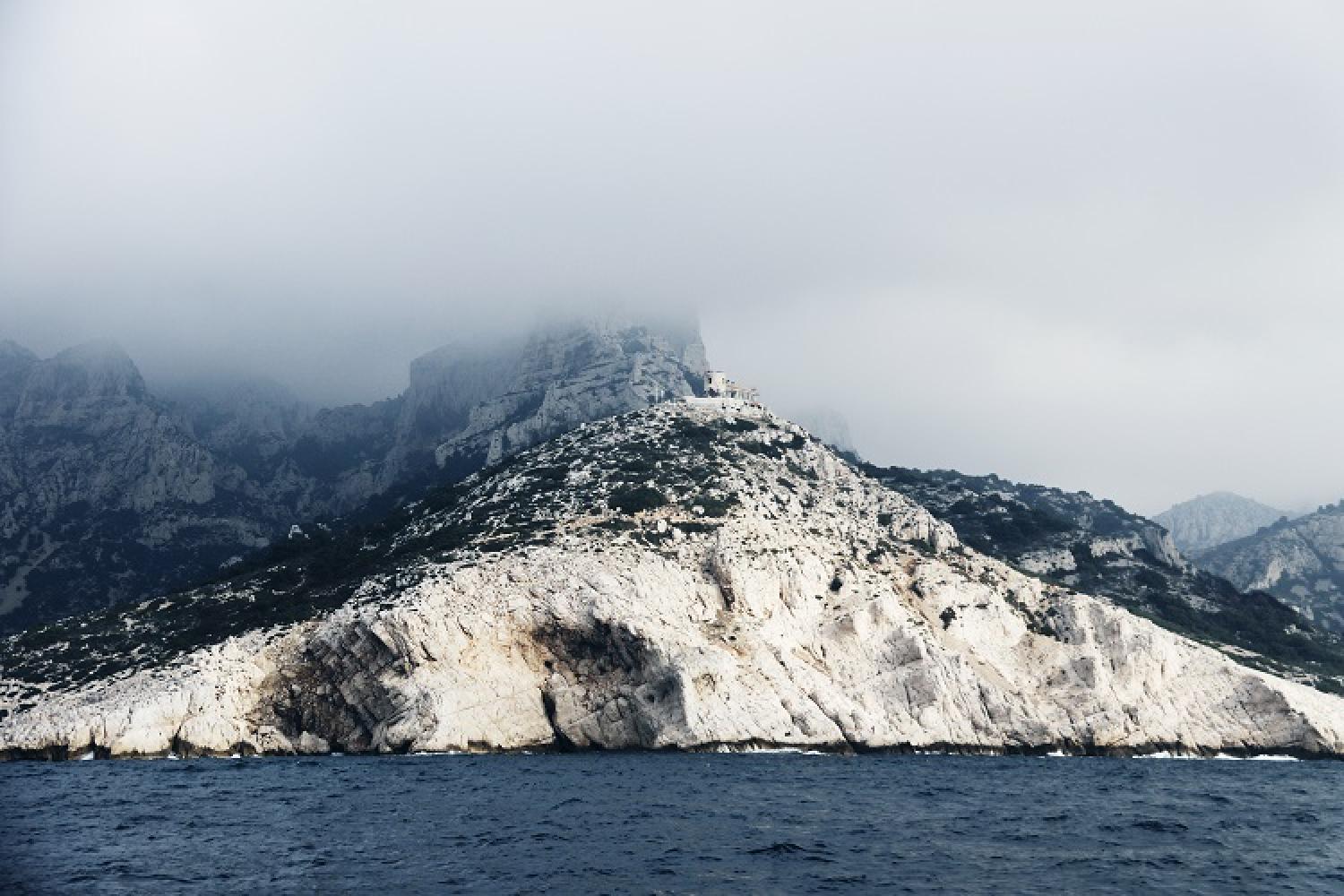
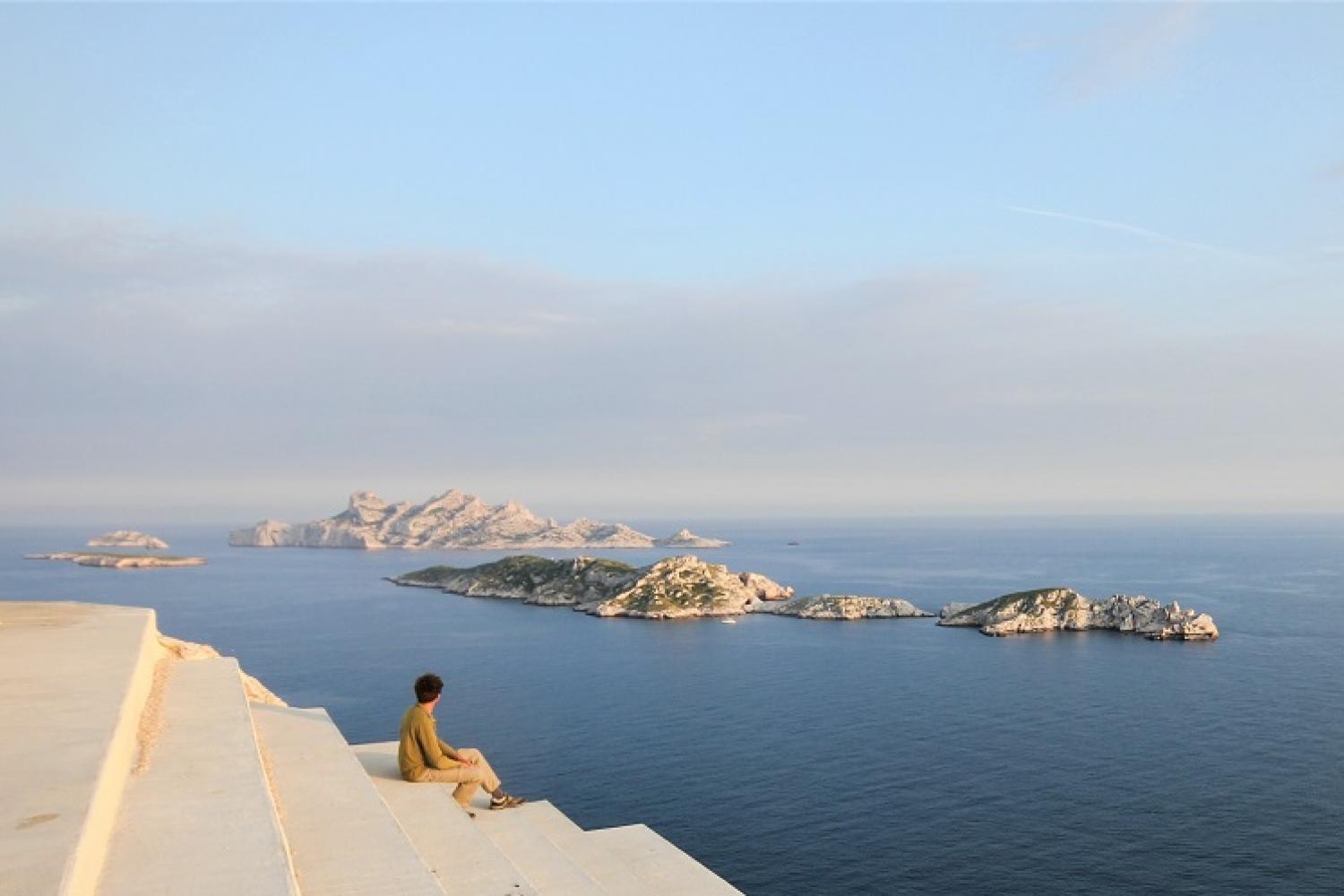
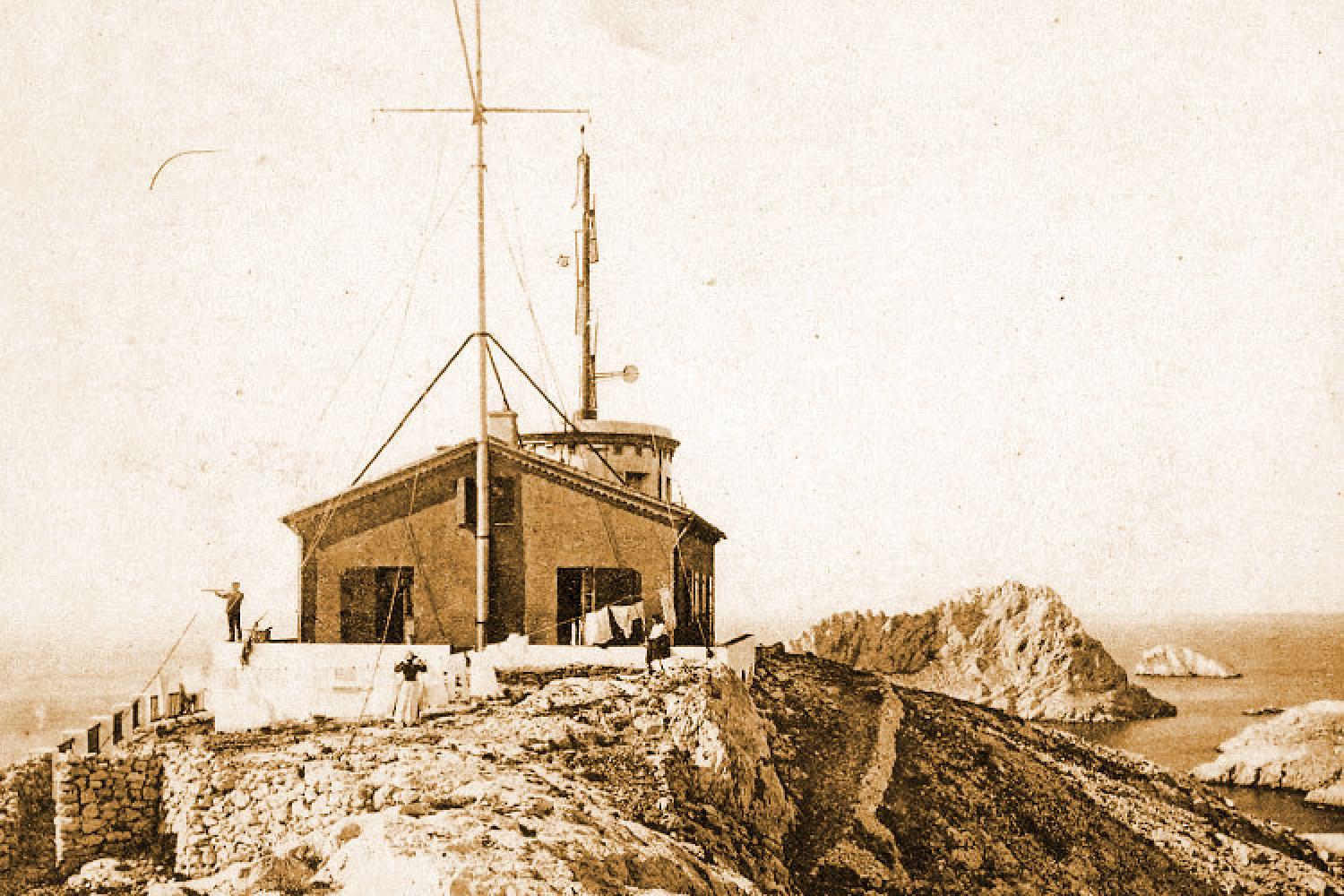
 Resources
Resources Video
Video Links
Links